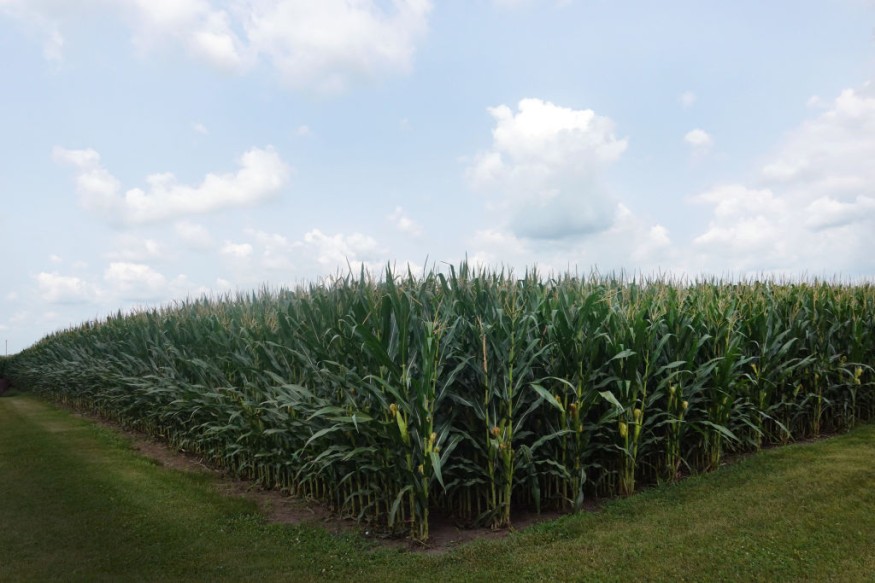Climate change will eventually cause the destruction of the United States Corn Belt by 2100, according to a new study by the Emory University in Atlanta, Georgia.
Since crop reportedly makes up the majority of the bulk of US agriculture, the new research calls on the diversification of the major commodity.
For decades, environmental groups and scientists have warned that drought, extreme heat, violent storms, and other weather events have already been altered by the climate crisis.
These worsening weather hazards have been reported to impact all living organisms and the environment.
Shifting Agricultural Systems

In a new paper published in the journal Environmental Research Letters on May 16, the US-based researchers focused on the impact of climate change by altering cultivation geographies in the Central US and Eastern US.
The study also projected that the climate crisis will transform agricultural systems worldwide.
In North America, the effects of the environmental repercussions of the crisis are already taking shape.
Using computational simulation and modeling, the researchers were able to come up with their long-range climatic forecast concerning food security.
According to study author Emily Burchfield, assistant professor at Emory's Department of Environmental Sciences, climate change is already happening and it will continue to shift US cultivation geographies towards the north, as mentioned by the American Association for the Advancement of Science (AAAS).
The Emory professor emphasized relying on agricultural technology alone will not solve the problem and that we may reach an "ecological collapse" if humans continue to push against biophysical realities or conditions, such as agricultural inputs, farm characteristics, and farm resources.
In order to avoid or mitigate the predicted scenario by 2100, Burchfield suggested aggressive agricultural adaptation is necessary and inevitable in the central-eastern US.
These measures may include the diversification of agricultural landscapes or diverse ecosystems.
Also Read: Wild Bee Decline Threatens US Agriculture; First National Map of Bee Populations Created In Response
The US Corn Belt
The US Corn Belt is an agricultural region in the Midwestern US responsible for most crop production in the country.
This crop-rich region covers the states of Illinois, Iowa, Indiana, eastern Kansas, and eastern Nebraska.
Amongst these states, Iowa has been dubbed "The Corn State" and is considered to be the largest producer of corn in the US.
In spite of the significant agricultural advantage, the negative or positive production in US Corn Belt has been previously linked to climate change and global warming.
Climate Change Agricultural Impact
In a study published in the journal Proceedings of the National Academy of Sciences (PNAS) on January 18, scientists have claimed that climate change may have been responsible for the substantial boost in crop production along the US Corn Belt.
The PNAS study back in January highlighted the potential contribution of climate change is greater than artificial crop-growing agricultural methods, including agronomic management and genetic technologies.
The study back then raised some concerns that the current theoretical knowledge and practical measures in agriculture were like all for nothing since climate change is behind the curtains.
However, scientists have warned that there is a limit to the agricultural impact of climate change on such positive crop yield as extreme weather events due to the continuance of global warming may reverse these gains.
© 2025 NatureWorldNews.com All rights reserved. Do not reproduce without permission.





